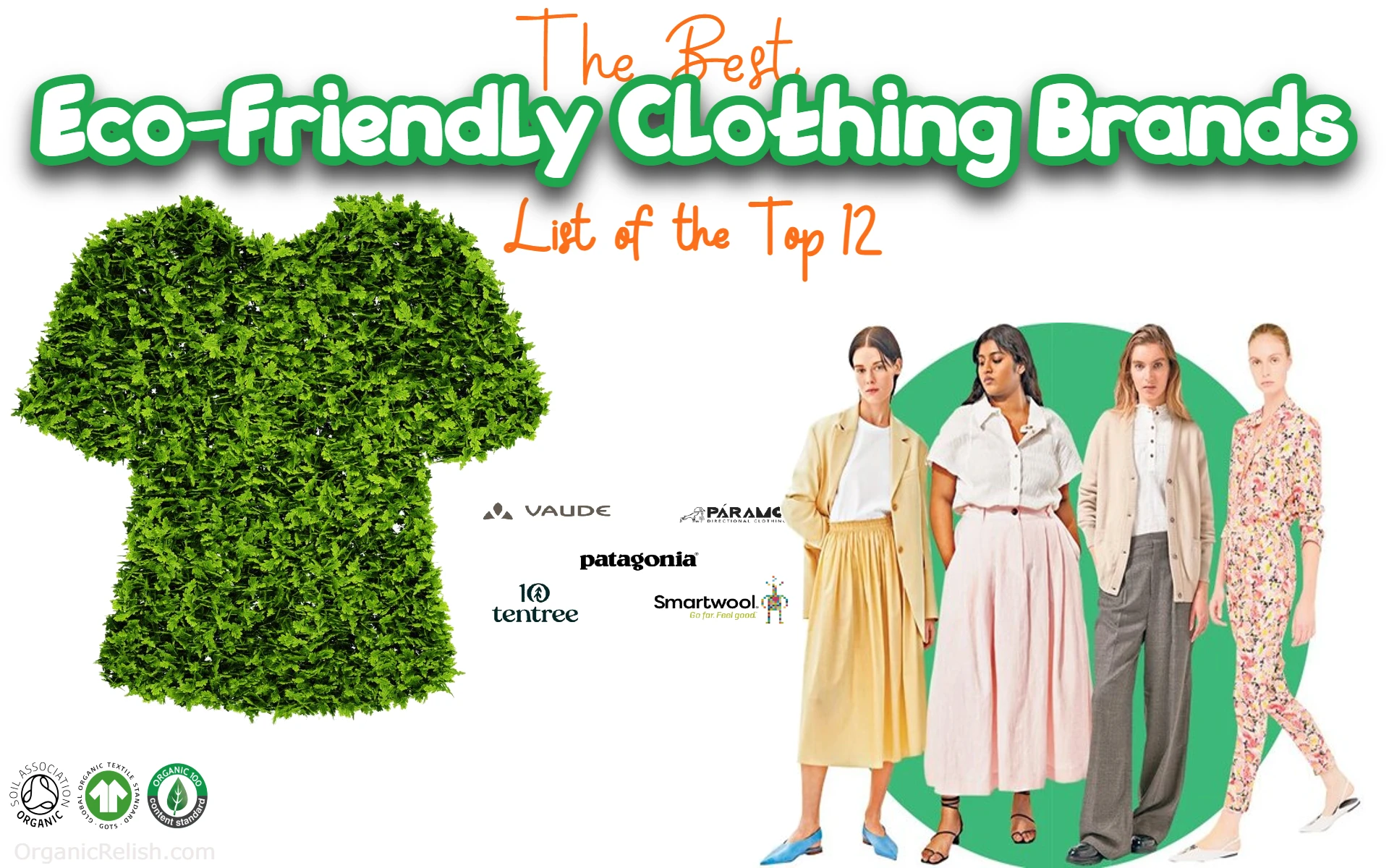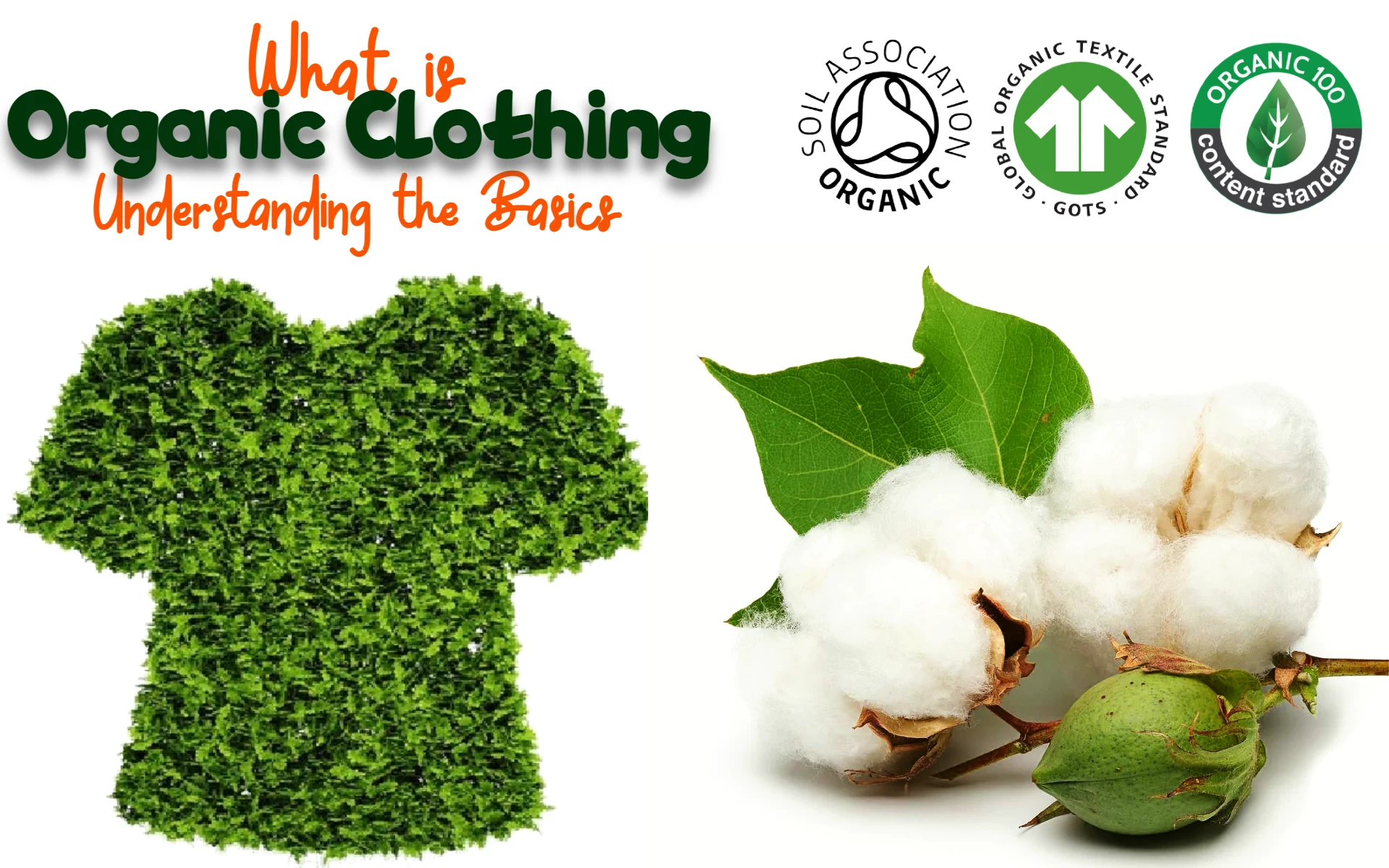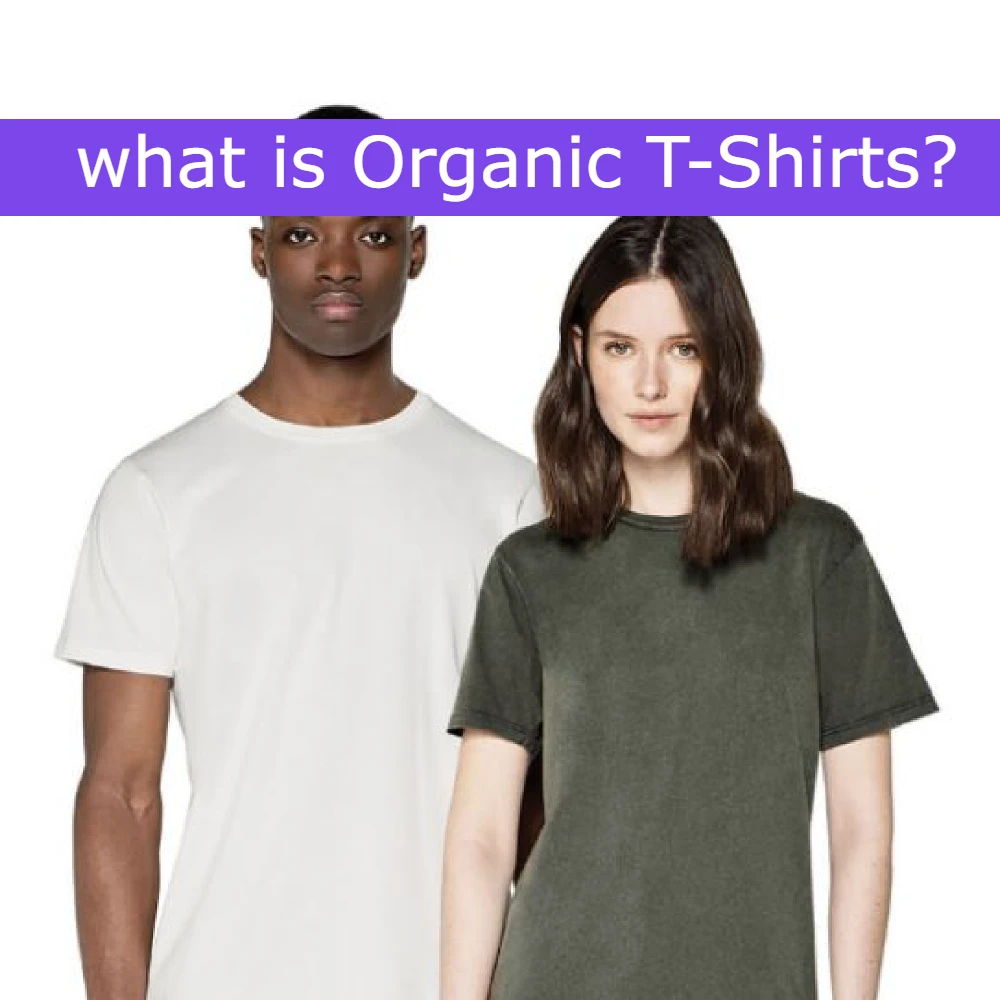What Is Natural Fibre Clothing?
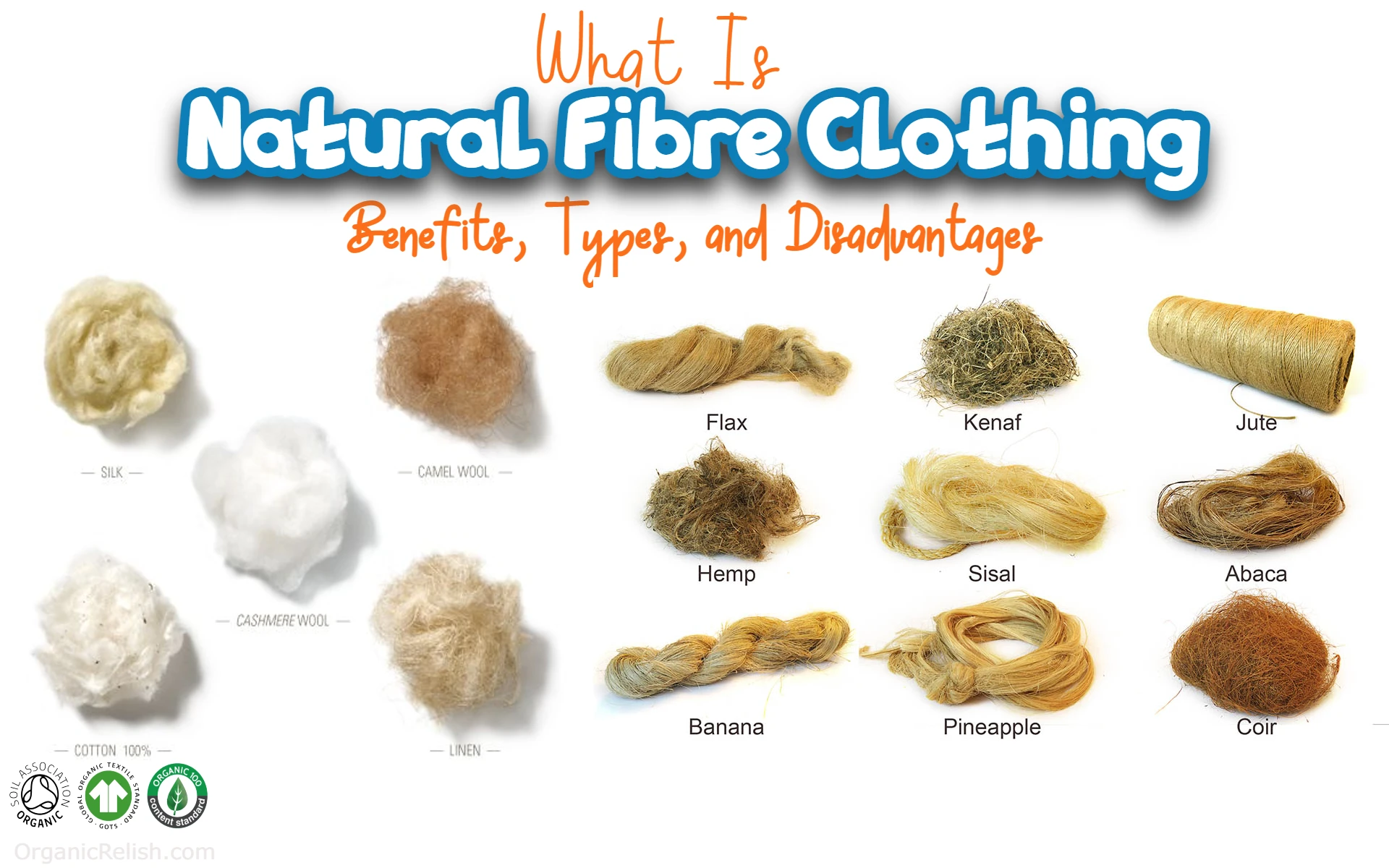
Definition of Natural Fibre Clothing
As someone who has been interested in fashion and sustainability for a long time, I have always been drawn to natural fiber clothing. Natural fiber clothing is a term used to describe clothing that is made from natural materials like cotton, linen, silk, wool, and hemp. These materials are grown from plants and animals, and are processed using traditional methods to create the finished product.
I first became interested in natural fiber clothing when I started to learn about the negative impact that the fashion industry has on the environment. The synthetic fibers that are used in so much of our clothing are made from petroleum, and their production and disposal contributes to air and water pollution. Additionally, synthetic fibers can take hundreds of years to decompose, which means that they will be sitting in landfills for a long time.
In contrast, natural fibers are biodegradable, which means that they will break down into natural substances over time. This is better for the environment, as it reduces waste and helps to prevent pollution.
I have been wearing natural fiber clothing for several years now, and I can tell you that it has been a game-changer for me. The first thing that I noticed was the difference in comfort. Natural fibers are soft and breathable, which makes them ideal for wearing in warm weather. They are also naturally insulating, so they keep me warm in the cold.
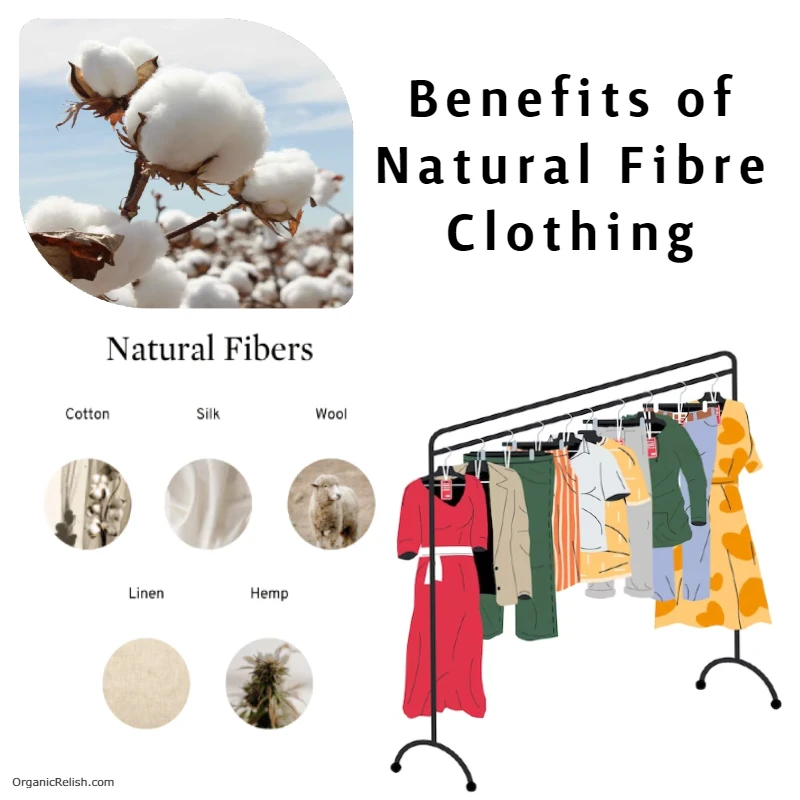
Benefits of Natural Fibre Clothing
As someone who has always been conscious of the impact my choices have on the environment, I have made the switch to natural fiber clothing in recent years. And let me tell you, I have never looked back! Natural fiber clothing has numerous benefits that make it a fantastic alternative to traditional synthetic fibers. In this article, I’ll be sharing with you some of the key advantages of natural fiber clothing and why you should consider making the switch as well.
Comfort and Breathability
One of the biggest advantages of natural fiber clothing is the comfort it provides. Natural fibers like cotton, linen, and bamboo are incredibly soft and gentle on the skin. They are also much more breathable compared to synthetic fibers, making them a great choice for hot and humid weather. I have found that I feel much more comfortable and relaxed in natural fiber clothing, especially during the summer months.
Durability and Longevity
Another great benefit of natural fiber clothing is its durability and longevity. Natural fibers are much stronger and more durable compared to synthetic fibers, which means that your clothing will last longer. This not only saves you money in the long run but also helps reduce waste and contribute to a more sustainable fashion industry.
Environmentally Friendly
Another major benefit of natural fiber clothing is that it is environmentally friendly. Natural fibers are biodegradable, which means they break down easily in the environment without leaving any harmful residue. Synthetic fibers, on the other hand, are made from petroleum-based materials and take hundreds of years to break down. By choosing natural fiber clothing, you can help reduce your carbon footprint and support a more sustainable future.
Hypoallergenic Properties
Natural fiber clothing is also a great choice for those with sensitive skin or allergies. Natural fibers are hypoallergenic, meaning they are less likely to cause skin irritation or allergic reactions compared to synthetic fibers. I have personally experienced this myself and have noticed a significant reduction in skin irritation since making the switch to natural fiber clothing.
Versatile and Stylish
Finally, natural fiber clothing is versatile and stylish. With a wide range of colors, styles, and patterns available, natural fiber clothing can easily be incorporated into any wardrobe. Whether you’re looking for casual and comfortable clothing for everyday wear or something more formal for special occasions, natural fiber clothing has you covered.
In conclusion, natural fiber clothing has numerous benefits that make it a fantastic alternative to traditional synthetic fibers. From its comfort and breathability to its durability and environmentally friendly properties, there are many reasons why you should consider making the switch to natural fiber clothing.
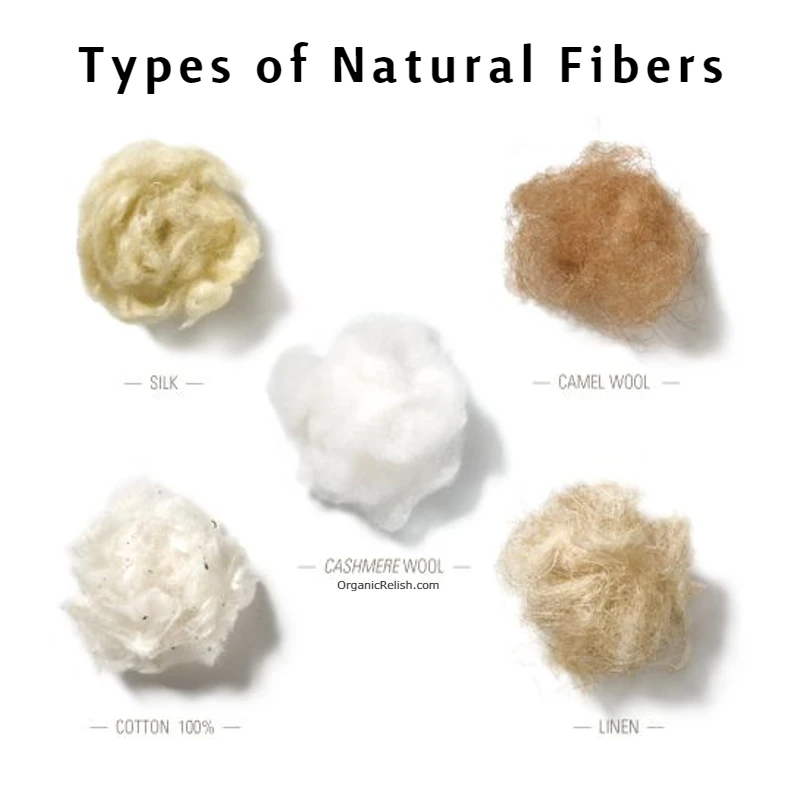
Types of Natural Fibers
When it comes to natural fibers, there’s a vast array of materials to choose from! Each type of natural fiber has its own unique properties, making it ideal for different types of clothing and textiles. In this section, we’ll explore some of the most common types of natural fibers, so you can get an idea of what’s out there and find the perfect one for you.
Cotton
Cotton is one of the most popular natural fibers in the world, and for good reason! It’s soft, breathable, and easy to care for, making it a great choice for all kinds of clothing, from t-shirts to sheets. Cotton is also very versatile, and can be spun into a variety of different weights and textures, from lightweight and airy to sturdy and heavy-duty.
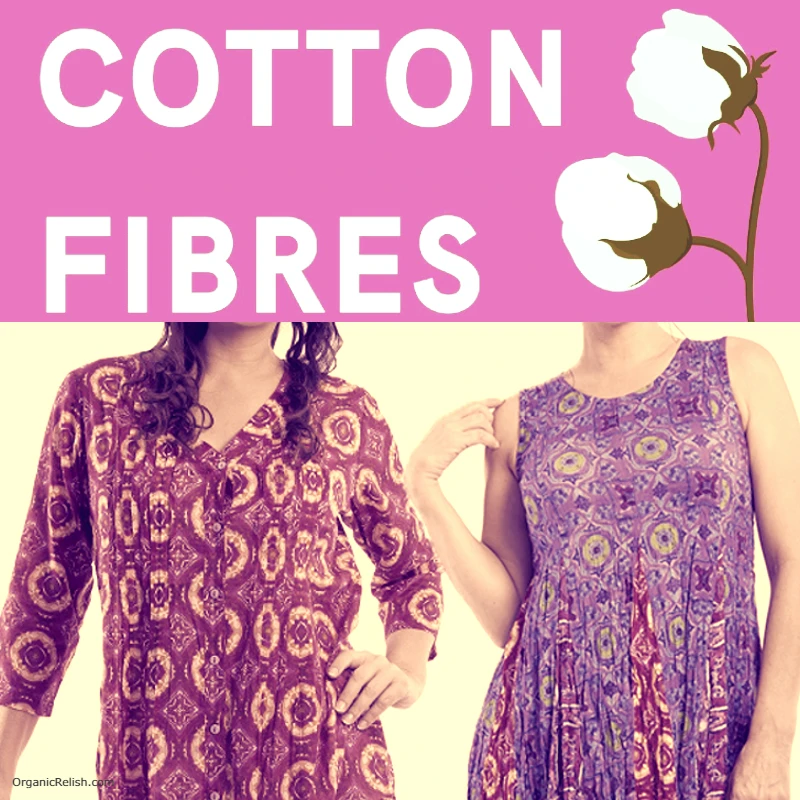
Linen
Linen is another popular natural fiber that’s known for its cool, crisp feel. It’s made from the fibers of the flax plant, and is known for being both strong and durable. Linen is also naturally moisture-wicking and breathable, making it a great choice for warm weather clothing. And, because it’s so strong, it’s also a great option for heavy-duty items like bed linens and tablecloths.
Silk
Silk is a luxurious natural fiber that’s known for its soft, smooth feel and its natural sheen. It’s made from the cocoons of silk worms, and is prized for its beauty and elegance. Silk is also naturally hypoallergenic, making it a great choice for people with sensitive skin. It’s a great choice for formal clothing, like dresses and suits, as well as for bedding and other luxurious textiles.
Wool
Wool is a natural fiber that’s made from the fleece of sheep and other animals. It’s naturally warm, soft, and moisture-wicking, making it a great choice for cold weather clothing, like coats and scarves. Wool can also be spun into a variety of different textures and weights, from lightweight and airy to thick and heavy-duty.
Hemp
Hemp is a strong and durable natural fiber that’s known for its eco-friendliness. It’s made from the fibers of the hemp plant, and is often used for items like ropes, bags, and clothing. Hemp is naturally moisture-wicking and breathable, making it a great choice for warm weather clothing, and it’s also naturally resistant to mildew and UV light, making it a great choice for outdoor gear.
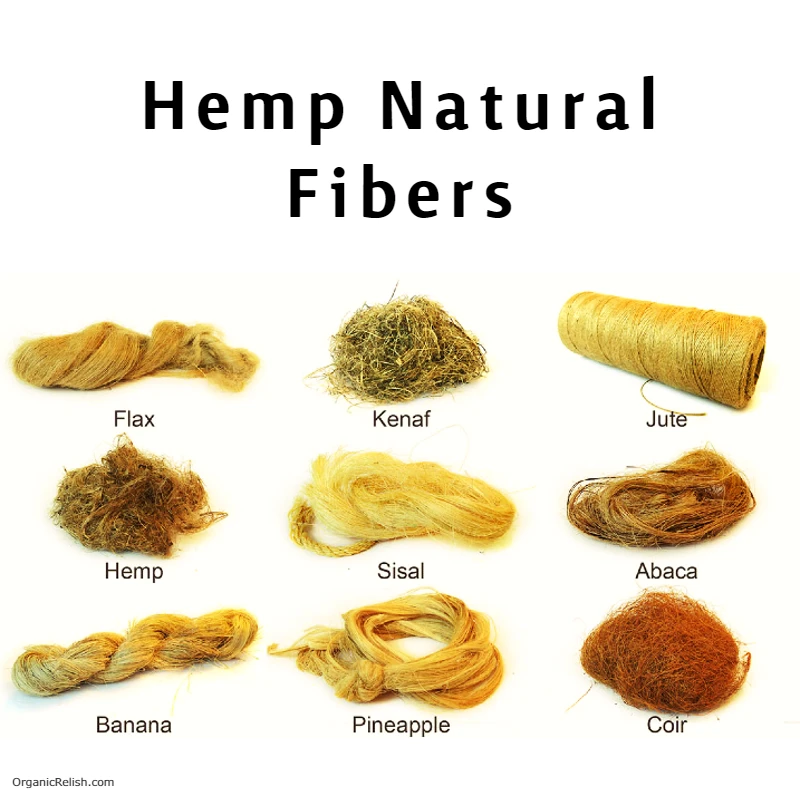
Ramie
Ramie is a natural fiber that’s similar to hemp, but with a smoother texture. It’s made from the fibers of the ramie plant, and is often used for items like table linens and clothing. Ramie is naturally moisture-wicking, making it a great choice for warm weather clothing, and it’s also naturally resistant to mildew and UV light, making it a great choice for outdoor gear.
As you can see, there’s a natural fiber for every type of clothing and textile, from luxurious silks to rugged wools. So whether you’re looking for something soft and comfortable, or strong and durable, you’re sure to find the perfect natural fiber for your needs.
The Other Side of the Coin: Disadvantages of Natural Fibers
While natural fibers have numerous benefits, it is important to acknowledge that there are also some disadvantages associated with them. Let’s take a closer look at what these are:
Cost
One of the biggest disadvantages of natural fibers is their cost. Compared to synthetic fibers, natural fibers can be significantly more expensive. This is because the process of harvesting and producing natural fibers is typically more labor-intensive, which drives up the cost. Additionally, the limited supply of certain natural fibers can also contribute to their higher cost.
Durability
Another potential disadvantage of natural fibers is their durability. While some natural fibers, such as linen and hemp, are known for their strength and longevity, others, such as silk and wool, can be more delicate and prone to wear and tear. This can make natural fibers a less suitable choice for items that will be subjected to frequent use or heavy wear, such as workwear or outdoor gear.
Maintenance
Natural fibers often require more special care and maintenance compared to synthetic fibers. For example, wool items may need to be hand washed or dry cleaned, and silk items may need to be ironed. Additionally, some natural fibers, such as linen, are prone to wrinkling, which can be a hassle for those who prefer a wrinkle-free look.
Environmental Impact
While natural fibers are often seen as a more environmentally-friendly alternative to synthetic fibers, it is important to consider the impact that their production can have on the environment. For example, the production of cotton, which is one of the most widely used natural fibers, can have a significant impact on the environment, including the use of pesticides and fertilizers, water depletion, and soil degradation.
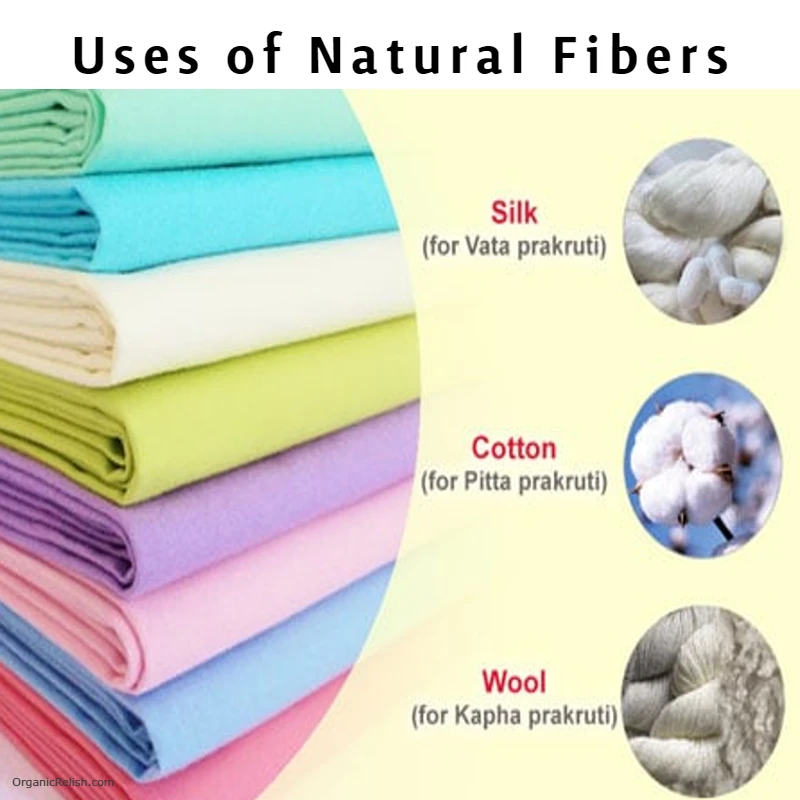
Uses of Natural Fibers
Natural fibers have been used for centuries to make clothing, household textiles, and other everyday items. In recent years, there has been a resurgence in the popularity of natural fibers as people look for more sustainable and environmentally-friendly alternatives to synthetic fibers. The following are some of the most common uses of natural fibers:
- Clothing: Clothing made from natural fibers such as cotton, linen, silk, and wool is soft, breathable, and comfortable to wear. These fibers are also naturally absorbent, making them ideal for use in summer clothing. They are also easy to care for and can be machine-washed and dried.
- Home Textiles: Natural fibers are also commonly used to make bedding & towels, and other home textiles. Linen sheets, for example, are cool and comfortable in the summer, while wool blankets are warm and cozy in the winter. Natural fibers are also durable and long-lasting, making them a good investment for your home.
- Rugs and Carpets: Natural fiber rugs and carpets are made from materials such as jute, sisal, and coir. These fibers are tough and durable, making them ideal for use in high-traffic areas of the home. They also add a natural, earthy look to any room and are available in a variety of colors and patterns.
- Accessories: Natural fibers can also be used to make accessories such as bags, hats, and scarves. Baskets and other woven items are often made from natural fibers such as rattan, wicker, and bamboo. These items are not only functional but also add a touch of natural beauty to any space.
- Art and Crafts: Natural fibers can also be used in a variety of art and craft projects. For example, artists often use fibers such as hemp, flax, and cotton to make paper and textiles. Natural fibers are also commonly used in weaving, knitting, and crocheting projects.
In conclusion, natural fibers have a wide range of uses and are a versatile and sustainable alternative to synthetic fibers. Whether you’re looking for comfortable and breathable clothing, durable home textiles, or beautiful and functional accessories, natural fibers are a great choice. So, next time you’re in the market for a new item, consider choosing a product made from natural fibers and help support sustainable living.
Uses of Natural Fibers in Baby Clothing
Natural fibers have been used in baby clothing for centuries due to their softness, breathability, and hypoallergenic properties. Here are some of the most common uses of natural fibers by baby clothing Brands:
- Cotton: One of the most commonly used natural fibers in baby clothing is cotton. It is soft, gentle on delicate baby skin, and highly absorbent. This makes it ideal for use in baby onesies, bibs, burp cloths, and towels.
- Bamboo: Bamboo is a soft, eco-friendly, and sustainable natural fiber that is often used in baby clothing. It is naturally antibacterial and hypoallergenic, making it ideal for use in items such as swaddles, blankets, and sleepwear.
- Linen: Linen is a natural fiber that is lightweight, breathable, and hypoallergenic. It is often used in baby clothing such as summer dresses, jumpsuits, and sun hats.
- Silk: Silk is a luxurious natural fiber that is soft, lightweight, and gentle on delicate skin. It is often used in baby clothing such as blankets, bonnets, and sleep sacks.
By using natural fibers in baby clothing, you can ensure that your little one is comfortable and protected from harmful chemicals and synthetic materials. These fibers are also biodegradable, making them a great choice for eco-conscious parents.
FAQs
Natural fibers are fibers derived from natural sources such as animals, plants, and minerals. Examples of natural fibers include cotton, wool, silk, linen, and hemp.
There are several advantages to wearing clothing made from natural fibers, including comfort, breathability, sustainability, and biodegradability. Natural fibers also tend to be more durable and resistant to wrinkles, and they provide a more natural feel against the skin.
Natural fibers are considered better than synthetic fibers because they are more environmentally friendly, biodegradable, and sustainable. Additionally, natural fibers tend to be more breathable and comfortable, and they provide a more natural feel against the skin.
Some of the most common types of natural fibers include cotton, wool, silk, linen, and hemp.
In general, natural fiber clothing can be more expensive than synthetic fiber clothing. However, the higher cost is often offset by the longer lifespan and greater comfort of natural fiber clothing.
Yes, many types of natural fiber clothing can be machine washed, although it’s always important to follow the care instructions on the garment label.
The care instructions for natural fiber clothing can vary depending on the type of fiber, so it’s always important to follow the instructions on the garment label. In general, natural fiber clothing should be washed in cold water and hung to dry. Avoid using harsh chemicals, such as bleach, and always avoid drying natural fiber clothing in direct sunlight.
Read More:

